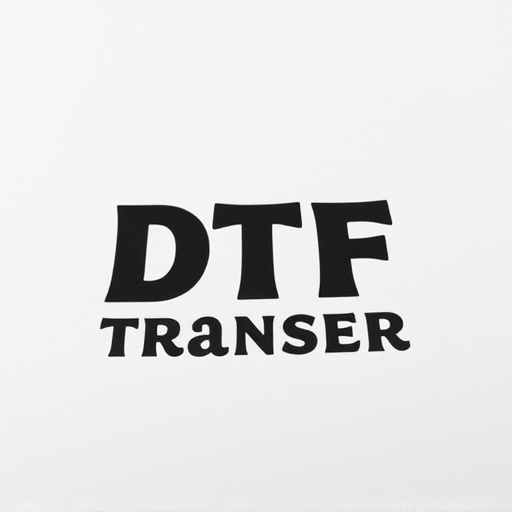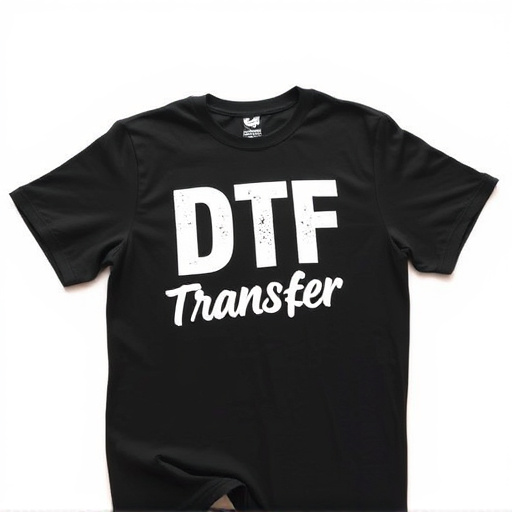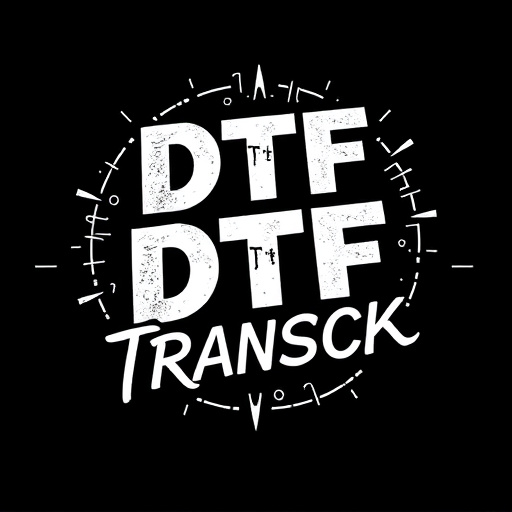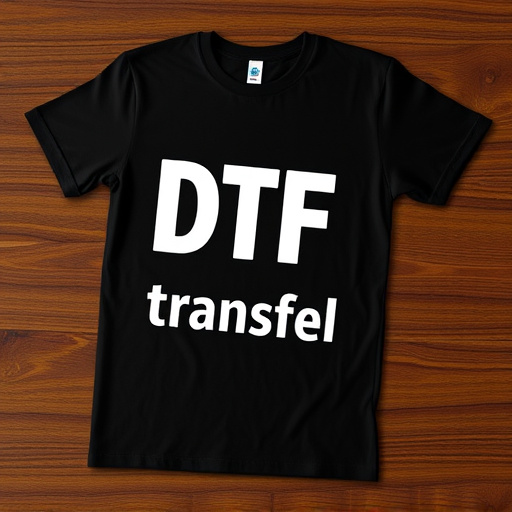Direct-To-Film (DTF) transfers revolutionize printing by directly printing onto film as a master copy, offering superior color accuracy and durability. This technology streamlines production, reduces costs, and supports various print formats and media types. DTF is ideal for outdoor signage and advertising displays, providing exceptional longevity against weather conditions and UV exposure. It's a versatile solution for small batch orders and custom prints, with key benefits including reduced waste, lower labor costs, and rapid turnaround times. When selecting DTF transfer films, consider business needs and print types, ensuring desired print quality standards and weather resistance for outdoor use. Achieving high-quality DTF prints requires using premium transfers, calibrating machines, utilizing tailored inks, and maintaining consistent settings. The growing popularity of DTF transfers is driven by demand for fast, customizable printing solutions and eco-friendly practices, positioning it as a lucrative future choice in the printing industry.
“Unleash the potential of direct-to-film (DTF) transfers for your printing service and revolutionize your workflow. This comprehensive guide explores the transformative power of DTF technology, offering a sleek alternative to traditional methods. From understanding the intricacies of DTF transfers to choosing the perfect film and best practices for exceptional prints, we’ve got you covered. Discover the benefits, explore the latest trends, and stay ahead in the printing industry with DTF’s future prospects.”
- Understanding Direct-To-Film (DTF) Transfers: A Comprehensive Overview
- Benefits of Using DTF Transfer for Printing Service Providers
- The Process: How DTF Works and its Advantages Over Traditional Methods
- Choosing the Right DTF Transfer Film: Key Considerations
- Best Practices for Achieving High-Quality DTF Prints
- Market Trends and Future Prospects in DTF Printing
Understanding Direct-To-Film (DTF) Transfers: A Comprehensive Overview
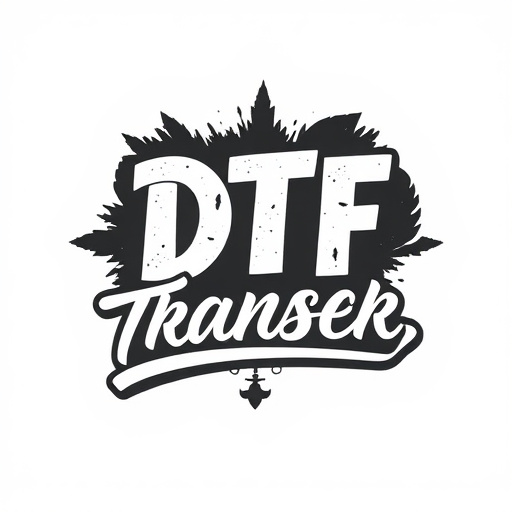
Direct-To-Film (DTF) transfers are a cutting-edge technology revolutionizing the printing industry. This innovative process eliminates traditional intermediate steps, allowing for direct printing onto film, which then serves as a master copy for producing high-quality prints. By employing advanced inkjet printers and specialized films, service providers can achieve exceptional color accuracy, vivid images, and unmatched durability in their final outputs.
DTF offers several advantages over conventional methods. It streamlines the production process, reducing turnaround time and labor costs. The technology supports a wide range of print formats and media types, catering to diverse customer needs. Moreover, DTF prints are known for their exceptional longevity, making them ideal for outdoor signage, advertising displays, and other applications demanding resistance to weather conditions and UV exposure.
Benefits of Using DTF Transfer for Printing Service Providers

Wholesale direct-to-film (DTF) transfers offer printing service providers a game-changer in their arsenal. This innovative technology streamlines the print process, enabling faster production times and enhanced efficiency without compromising quality. DTF Printing allows for vibrant, intricate designs to be transferred directly onto various materials, from textiles to plastics, with remarkable accuracy and detail.
One of the key advantages is its cost-effectiveness, especially for small batch orders or custom prints. By eliminating the need for complex setup and plate preparation, DTF Transfer reduces waste and labor costs. Moreover, it offers unparalleled versatility, as service providers can easily adapt to diverse customer demands, from simple text prints to complex artwork, ensuring every order is met with precision and speed.
The Process: How DTF Works and its Advantages Over Traditional Methods

Direct-to-film (DTF) transfers have revolutionized the printing industry, offering a streamlined and efficient process for service providers. Unlike traditional methods that involve multiple steps and can be time-consuming, DTF allows for direct application of designs onto various materials using advanced technology. This modern approach streamlines the production process, enabling faster turnaround times and enhanced efficiency.
The advantages of DTF are numerous. It provides exceptional print quality, ensuring vibrant and detailed DTF prints. The method is versatile, suitable for a wide range of materials, from textiles to plastics and metals. Moreover, DTF eliminates the need for costly set-up costs and plates, making it a cost-effective solution. This technology has gained popularity among printing service providers due to its ability to deliver high-quality results promptly, catering to the demands of today’s fast-paced market.
Choosing the Right DTF Transfer Film: Key Considerations
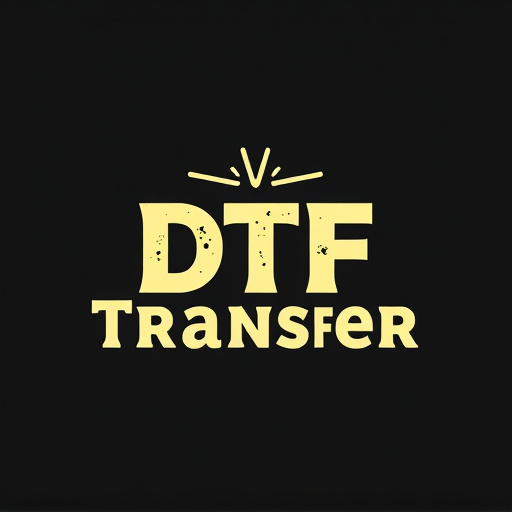
When selecting a DTF (Direct-to-Film) transfer film for your printing service, several key considerations come into play. The first step is to understand the specific requirements of your business and the types of prints you intend to produce. Different DTF films are designed for various applications, including photo prints, graphic design, or even promotional materials. Each has unique characteristics such as resolution, durability, and adhesion properties, catering to diverse printing needs.
Additionally, consider the print quality standards you aim to achieve. High-resolution DTF films offer sharper details for intricate designs while ensuring vibrant color reproduction. Durability is another critical factor, especially if your prints are intended for outdoor use or demanding environments. Choosing a film with excellent weather resistance and UV protection ensures that DTF prints maintain their quality over time.
Best Practices for Achieving High-Quality DTF Prints

Achieving high-quality DTF (Direct-to-Film) prints requires a combination of the right equipment and meticulous techniques. Start by investing in top-tier DTF transfers designed for optimal ink absorption and adhesion to various substrate materials. Calibrate your printing machines regularly to maintain precision, ensuring consistent color accuracy and sharp details across each print. The choice of ink plays a crucial role; opt for high-performance inks formulated specifically for DTF applications to deliver vibrant colors and durable finishes.
Pre-treatment of substrates is another vital step. Clean and prepare the material thoroughly to eliminate any contaminants that could hinder ink adhesion. Consider using pre-coating or primer applications, especially on rougher surfaces, to create a smooth base for printing. Additionally, maintain consistent print settings, including temperature and pressure, to ensure uniform printing results. Regularly cleaning and maintaining your DTF equipment will also contribute to producing high-quality, long-lasting DTF prints that meet your customers’ expectations.
Market Trends and Future Prospects in DTF Printing
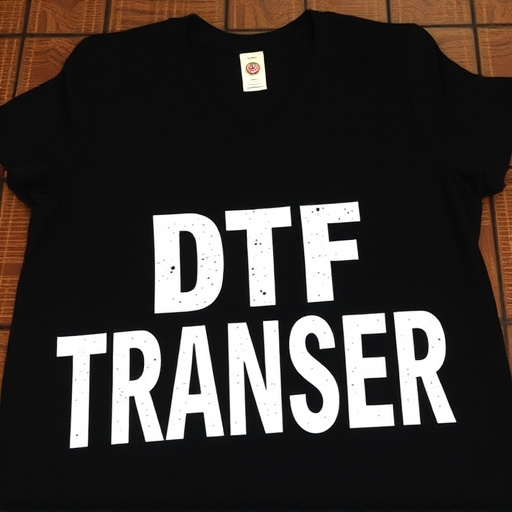
The Direct-to-Film (DTF) transfer printing market is experiencing a surge in popularity due to its versatility and efficiency compared to traditional printing methods. This modern approach allows for high-quality, vibrant prints on various materials, making it an attractive option for service providers catering to diverse industries, from fashion to signage. The global DTF transfer market is expected to grow significantly over the coming years, driven by several key trends.
One notable trend is the increasing demand for fast and customizable printing solutions, which DTF technology readily provides. As e-commerce and on-demand printing gain traction, service providers are seeking ways to offer personalized products swiftly, without compromising quality. Additionally, the rise of eco-friendly printing practices has led many businesses to embrace DTF as a more sustainable alternative, as it reduces waste and energy consumption often associated with conventional printing methods. These market dynamics position DTF transfers as a lucrative and future-oriented choice for printing service providers looking to stay competitive in an ever-evolving industry.








